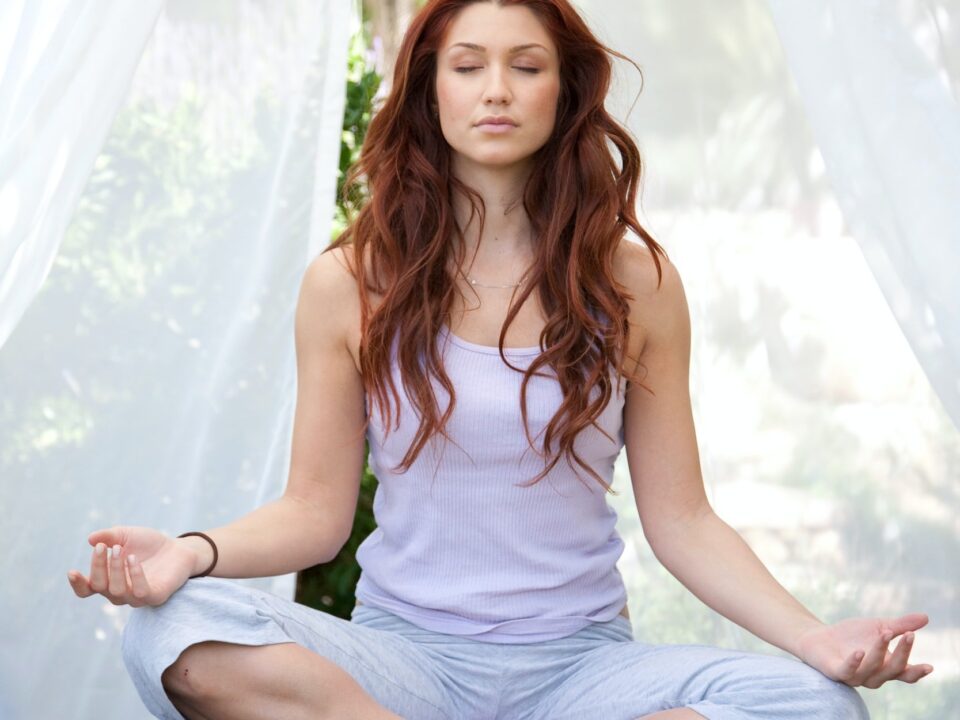Links Between Dualism and Therapeutic Techniques
Bilateral stimulation is a therapeutic technique that involves the use of alternating taps, sounds, or movements on both sides of the body to promote relaxation and reduce stress. While it may seem like a modern approach to therapy, the concept of dualism and bilateralism has been present in ancient societies for thousands of years.
Dualism is the belief that the world is composed of two opposing forces, such as good and evil, light and dark, or yin and yang. Many ancient societies, including the Greeks, Egyptians, and Chinese, believed in some form of dualism. In fact, the concept of dualism is present in many of the world’s major religions, including Christianity, Hinduism, and Taoism.
The concept of bilateralism, which is related to dualism, refers to the idea that the body is divided into two symmetrical halves that are connected to each other. Many ancient societies believed that each half of the body was associated with different energies or forces. For example, in traditional Chinese medicine, the left side of the body is associated with yin energy, while the right side is associated with yang energy.
Bilateral stimulation is believed to work by activating both sides of the brain and promoting balance and harmony. This idea is similar to the ancient concept of bilateralism, which held that the body was divided into two halves that were connected to each other.
In ancient Greek mythology, the god Hermes was said to possess a wand called the caduceus that was decorated with two intertwined serpents. The caduceus is often associated with healing and balance, and some scholars believe that it may have been inspired by the concept of bilateralism.
Similarly, the ancient Chinese practice of qigong involves the use of movement, breathing, and meditation to balance the body’s energy and promote health and wellbeing. Many qigong exercises involve the use of bilateral movements, such as moving both arms or both legs in a symmetrical fashion.
Overall, the links between bilateral stimulation and dualism in ancient societies are intriguing. While the specifics of how these concepts were understood and applied may vary across different cultures and time periods, the underlying idea of balance and harmony through bilateralism remains a powerful one. Whether we are tapping into the ancient wisdom of our ancestors or exploring modern therapeutic techniques, the importance of finding balance and harmony in our lives remains as relevant today as it was thousands of years ago.







